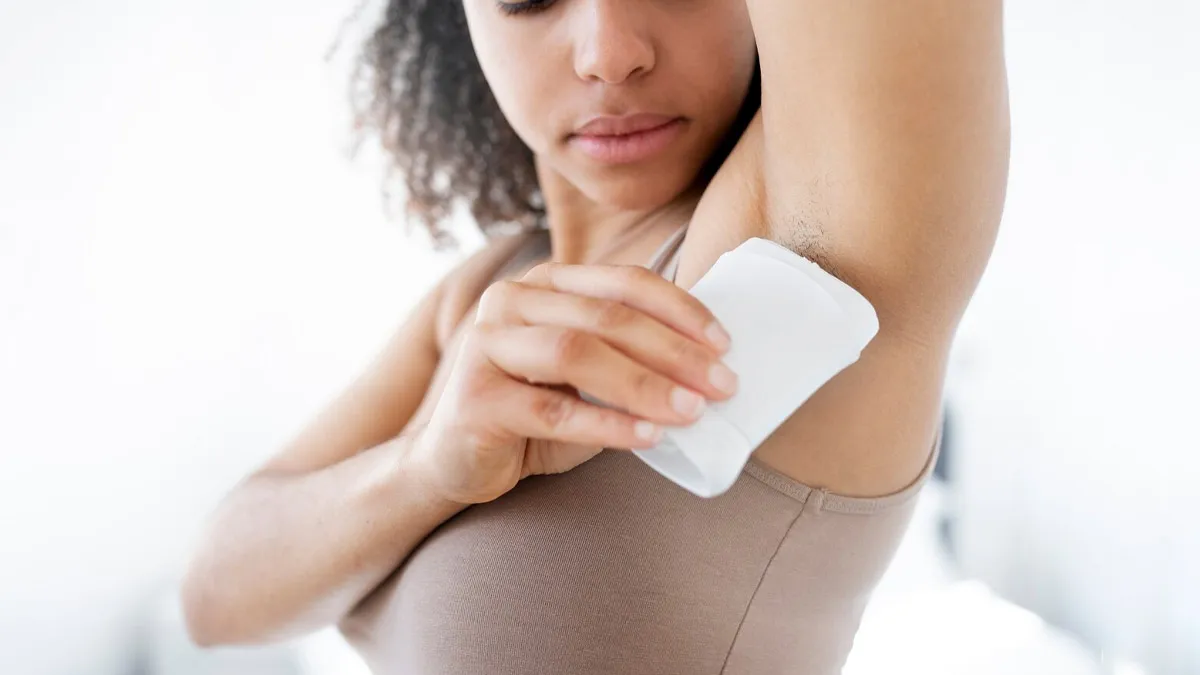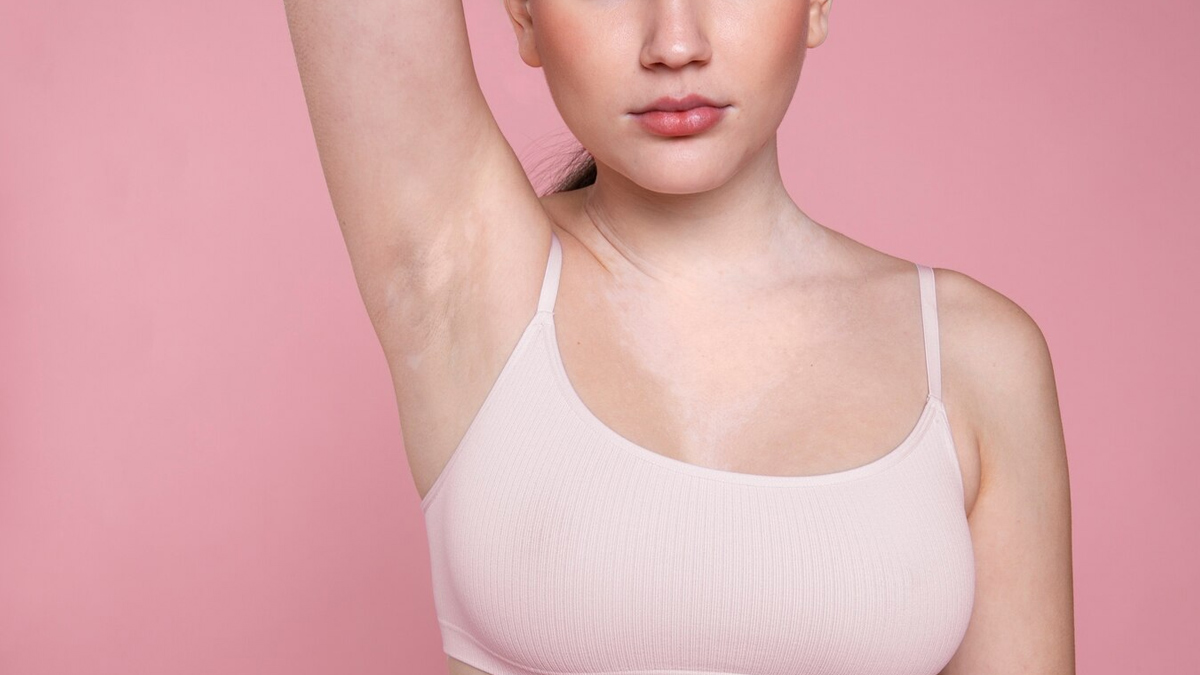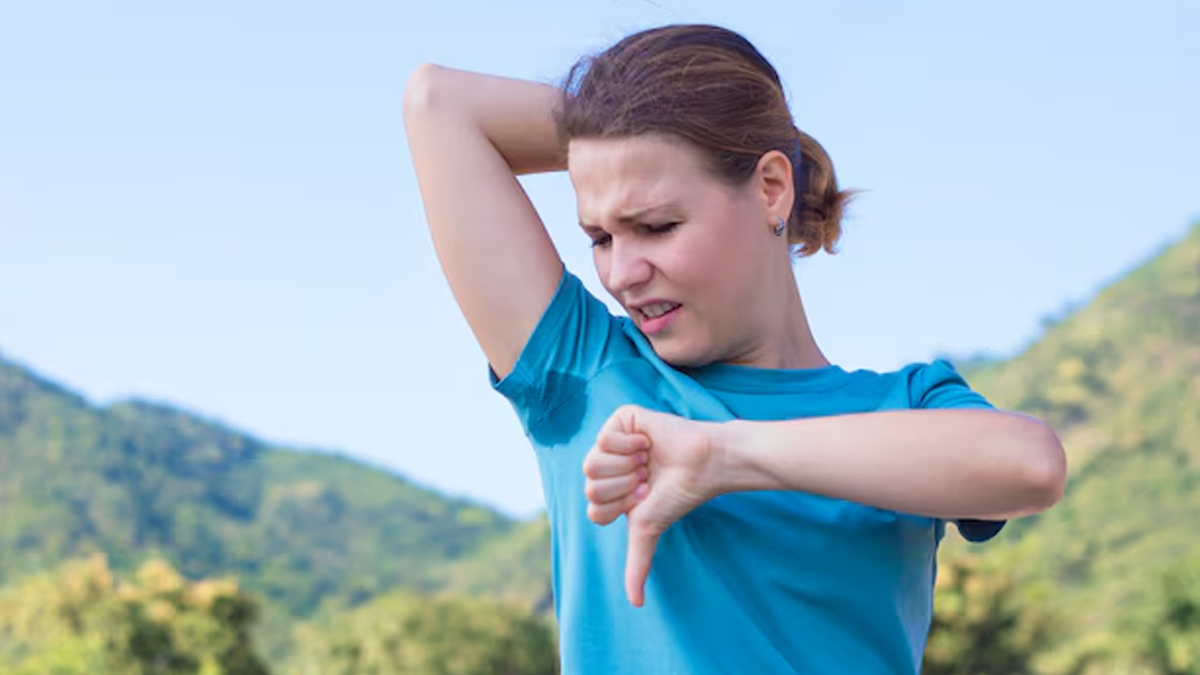
Summer is just around the corner, and so are the health issues that come with it. Sweating is a common problem during this time, which can potentially lead to an increase in the risk of skin infections and rashes.
Table of Content:-
Particularly in areas like the armpits, itching and irritation are frequent issues often caused by rashes. Speaking with the OnlyMyHealth team, Dr Gagana B Gopal, Consultant Dermatologist at Kaya Limited, Bangalore-HSR Layout, shares effective tips to manage armpit rashes and prevent recurrence.
Also Read: Underarm Hair Is Normal, But Stay Alert For Infections: Here's How To Prevent It
Common Causes Of Armpit Rashes

Armpit rashes can be caused by a variety of factors, including friction, moisture retention, allergic reactions, infections, and underlying skin conditions, says Dr Gopal. Common causes include:
- Intertrigo, which occurs due to skin-to-skin friction and excessive sweating, leading to irritation and redness.
- Contact dermatitis, often triggered by deodorants, perfumes, or detergents, can cause itching and inflammation.
- Fungal infections such as candidiasis thrive in warm, moist environments.
- Bacterial infections like erythrasma, caused by Corynebacterium, can result in reddish-brown discolouration and scaling.
It is important to note that individuals with conditions like eczema or atopic dermatitis may also experience increased sensitivity in the underarm area, leading to persistent irritation. Heat rash, caused by blocked sweat glands, is also common in hot and humid conditions.
Natural Remedies To Soothe Armpit Rashes

Certain natural ingredients can be beneficial in calming irritation and reducing inflammation. Some of the natural remedies for armpit rashes include:
- Aloe vera has anti-inflammatory and cooling properties that help calm redness and discomfort.
- Coconut oil provides antimicrobial benefits and hydrates the skin, reducing irritation.
- Diluted tea tree oil acts as a natural antifungal and antibacterial agent, making it useful for minor infections.
- Colloidal oatmeal is effective for relieving itching and inflammation, particularly in cases of eczema or allergic reactions.
- Witch hazel, a natural astringent, helps reduce redness and irritation, while cold compresses can provide immediate relief from inflammation.
Also Read: An Armpit Lump Doesn't Necessarily Mean Cancer: Know Other Possible Causes
Lifestyle Changes That Can Prevent Recurring Armpit Rashes

According to Dr Gopal, preventing recurring armpit rashes requires a combination of good hygiene practices and lifestyle adjustments. These include:
- Wearing breathable fabrics, such as cotton or moisture-wicking materials
- Using hypoallergenic, fragrance-free, and alcohol-free deodorants
- Keeping the underarms dry by using talc-free or antifungal powders
- Avoid shaving, as it can cause micro-tears in the skin, increasing susceptibility to irritation and infections.
- Regularly moisturising with ceramide-based creams
Conclusion
Armpit rashes are common and resolve on their own when sweating reduces. You can speed up recovery with natural remedies as well as lifestyle modifications. However, it is important to seek medical attention if an armpit rash persists for more than two weeks despite home remedies, says Dr Gopal, adding that if the rash becomes painful, swollen, or produces pus, it could indicate a secondary bacterial infection requiring medical treatment.
Additionally, she concludes that if the rash is accompanied by fever, swollen lymph nodes, or widespread skin involvement, further evaluation is necessary. A dermatologist may perform a skin examination, fungal or bacterial cultures, or patch testing to determine the underlying cause and recommend the appropriate treatment.
Also watch this video
Read Next
Is Your Eye Twitching a Sign of Something Serious? Neurological and Lifestyle Causes Explained
How we keep this article up to date:
We work with experts and keep a close eye on the latest in health and wellness. Whenever there is a new research or helpful information, we update our articles with accurate and useful advice.
Current Version